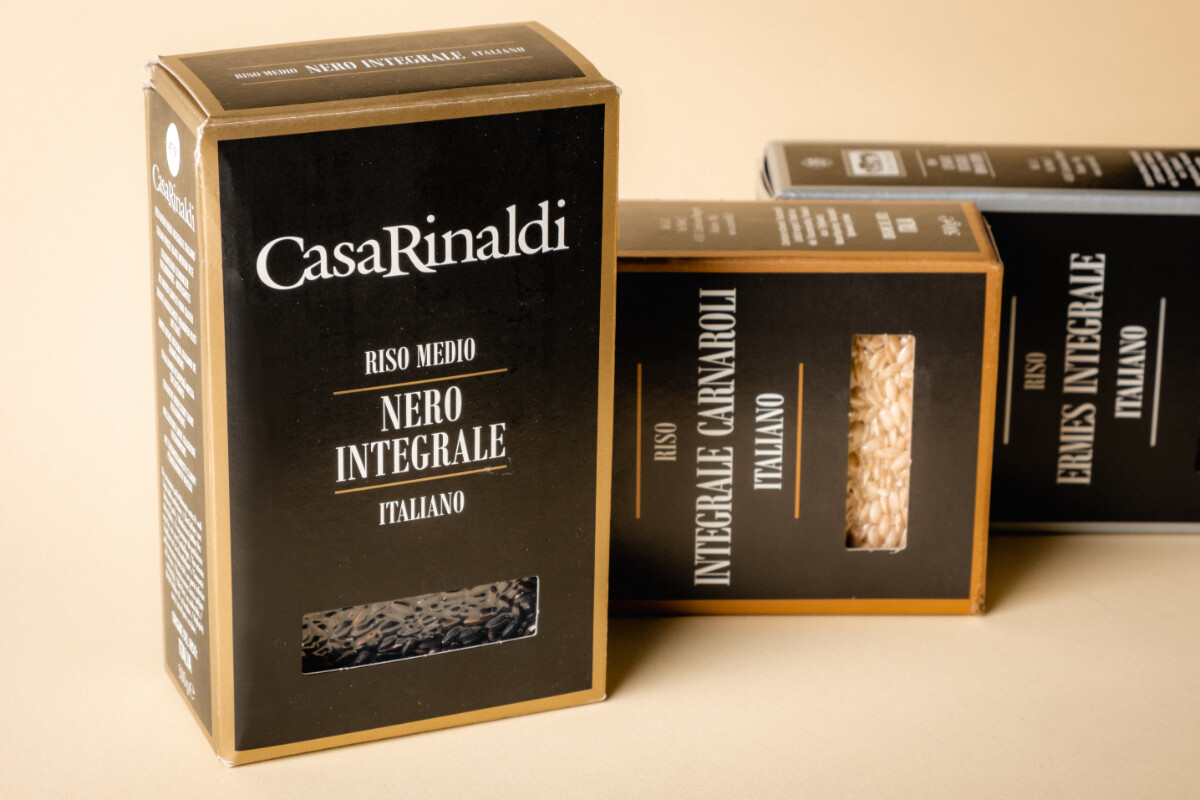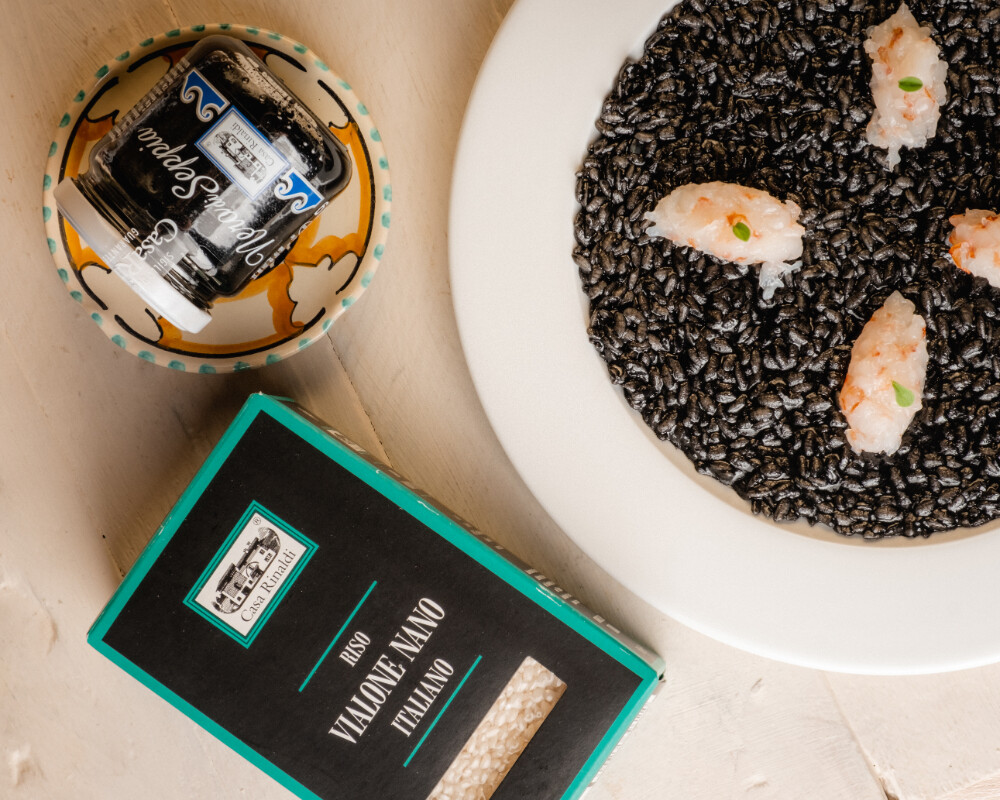When we think of Italian cuisine, pasta and olive oil are usually the first things that come to mind. Yet, for centuries, rice has played a significant role in Italy’s culinary traditions. From the picturesque fields of Lombardy and Piedmont to the tables of Italian homes, rice has been lovingly cultivated and transformed into some of the country’s most beloved dishes.

History of Italian rice
The history of rice in Italy dates back to the 15th century, with its introduction often linked to the Spanish influence in the Kingdom of Naples. Early cultivation took place in the wetlands near Pisa around 1468. While some theories suggest that rice may have also arrived via Arabian traders or Venetian commerce, documented evidence remains limited. By the 1700s, rice cultivation had flourished, particularly around the fertile Po Valley. Over the years, this region has become one of Europe’s leading rice producers, with paddy fields stretching across the landscape, flooded with water to create the perfect environment for rice plants to thrive.
Rice cultivation and production in Italy
Rice cultivation in Italy is a meticulous process that has been refined over centuries, combining traditional practices with modern agricultural techniques. The process typically starts in spring, between April and May, with direct seeding as the primary method used today. Unlike in the past, where rice seedlings were first grown in nurseries before being transplanted, modern Italian rice farming now opts for direct seeding.
Flooding the fields is a crucial step. The water not only provides the necessary environment for rice to grow but also creates a microclimate that protects the plants from temperature fluctuations. As the rice grows, the water levels are carefully managed until the ripening and harvesting stage, around September-October.
Once harvested, the rice undergoes a drying process to reduce moisture content and ensure long-term preservation. After drying, the rice is husked and polished to produce the different varieties we see on the market. This attention to detail throughout the cultivation process is what makes Italian rice stand out in terms of flavor, texture, and quality.

Italian rice varieties
Italy is home to an impressive range of rice varieties, each suited for different culinary uses. The most famous include Arborio, Carnaroli, and Vialone Nano. These varieties are celebrated for their ability to absorb flavors while maintaining a perfect texture, making them staples in Italian kitchens.
- Carnaroli: often dubbed the “king of risotto rice,” Carnaroli, with its high starch content, is favored by chefs for its balance of creaminess and firmness. It’s ideal for dishes like risotto alla milanese.
- Arborio: slightly less starchy, this variety is perfect for both risotto and more versatile dishes like rice salads.
- Vialone Nano: traditionally used in Veneto for dishes like risotto all’isolana. Its ability to absorb flavors while staying al dente makes it perfect for more rustic, regional recipes.
For many Italian families, rice is more than just an ingredient, it’s a symbol of tradition, heritage, and the simplicity of good food. At Casa Rinaldi, we embrace this deep connection to Italian culinary culture. Whether it’s crafting the perfect risotto for a special occasion or enjoying a light and refreshing “insalata di riso” in the summer, the quality and versatility of Italian rice elevate any dish. Explore our selection of premium rice varieties and discover the perfect options for creating traditional Italian recipes or adding a gourmet twist to your favorite dishes.